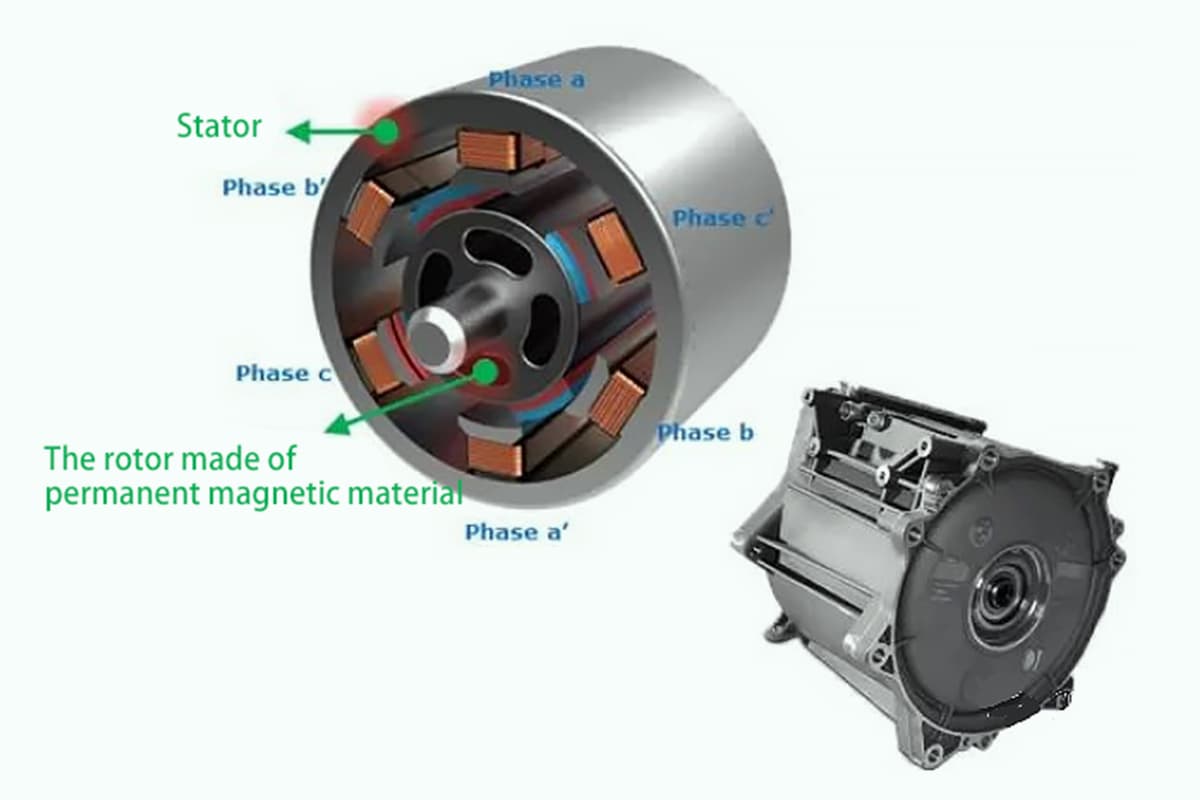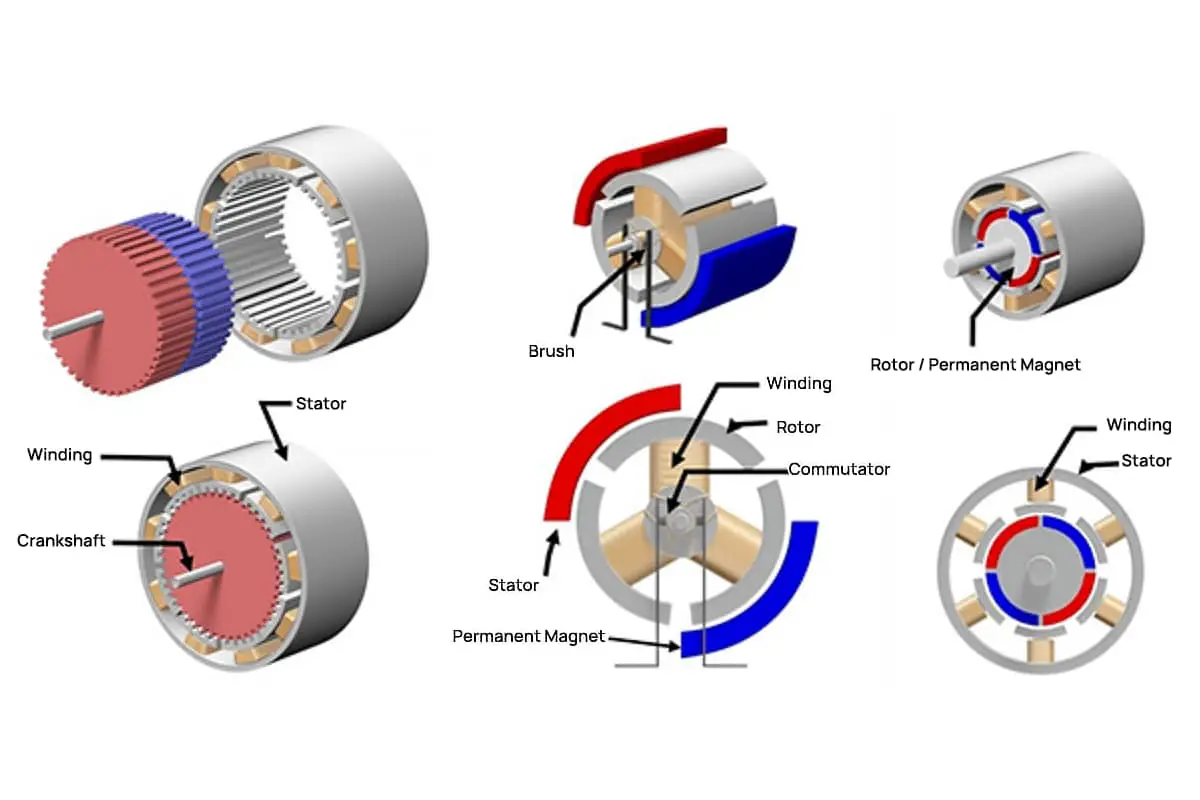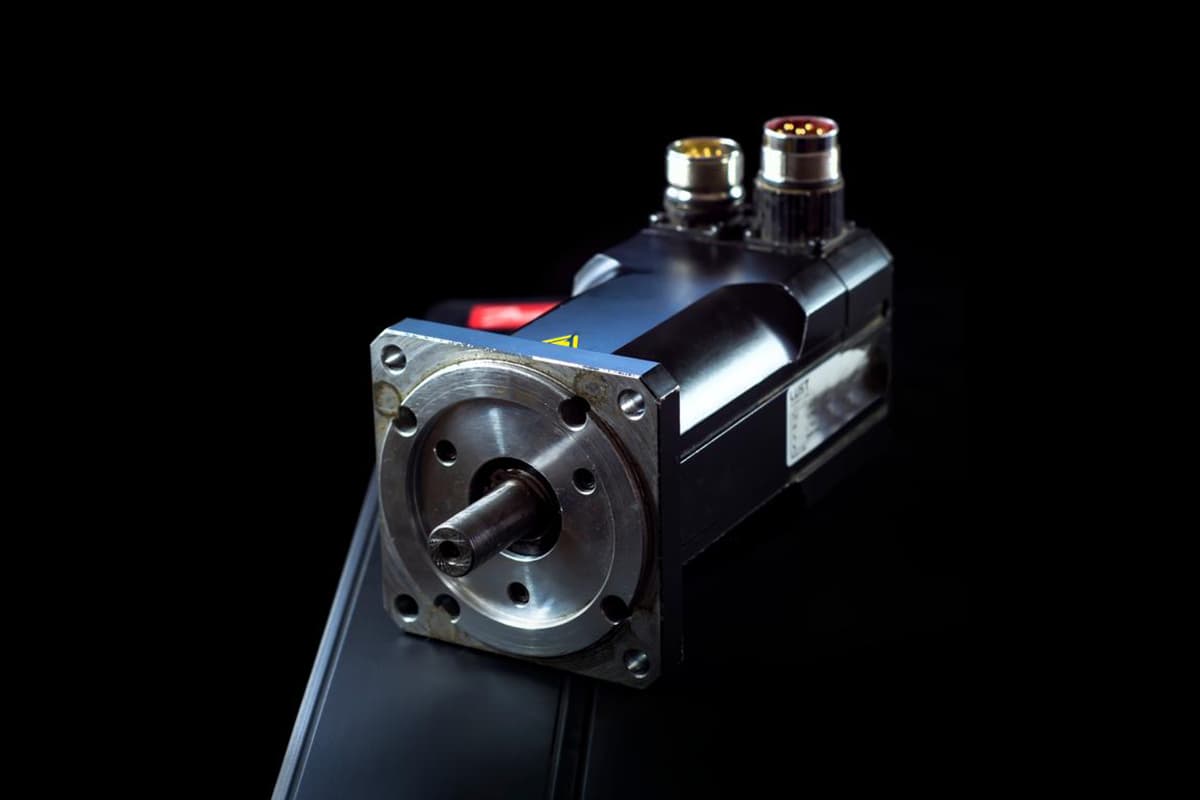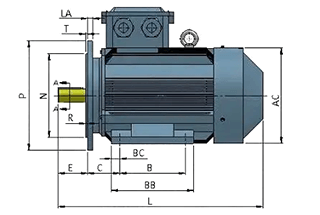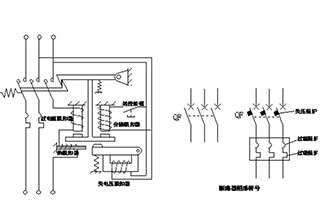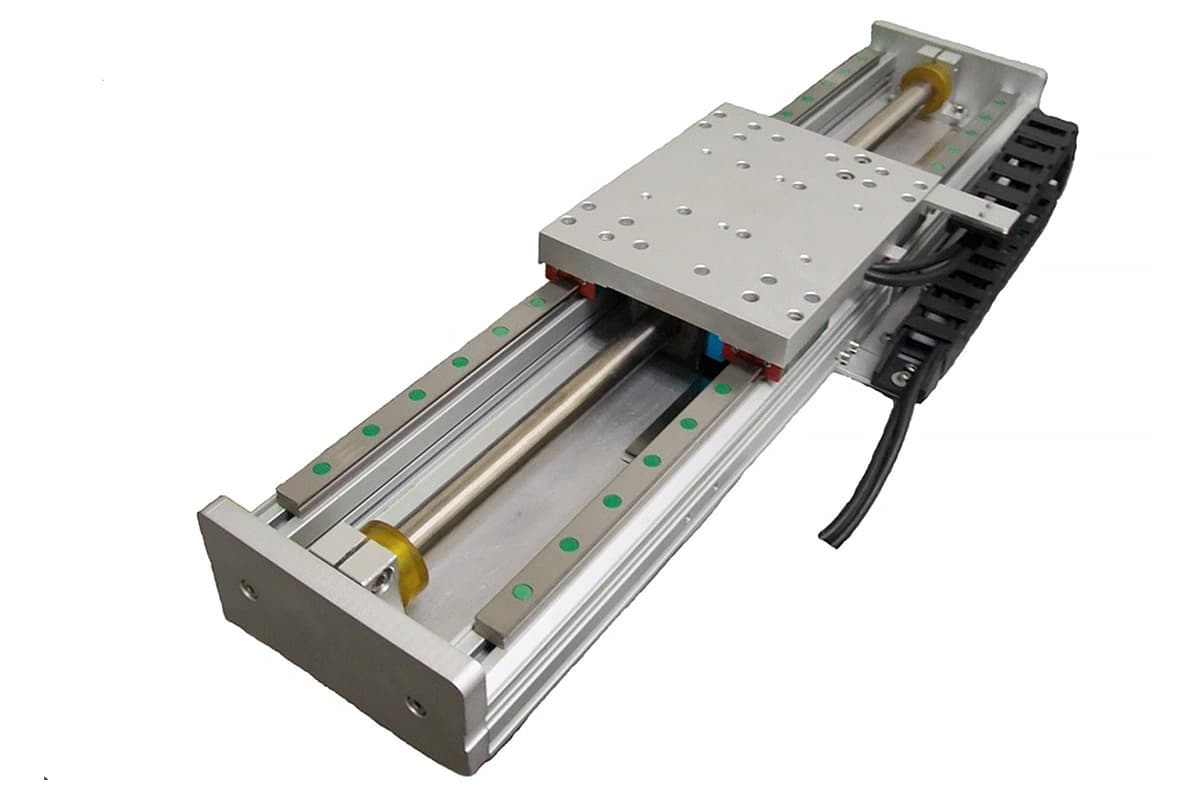
Have you ever wondered what sets DC motors apart from AC motors? In this article, we explore the fundamental differences between these two types of motors, including their operating principles, efficiency, and applications. By understanding these key distinctions, you’ll gain valuable insights into which motor is best suited for various industrial and consumer applications. Dive in to discover how these essential components power the world around us!
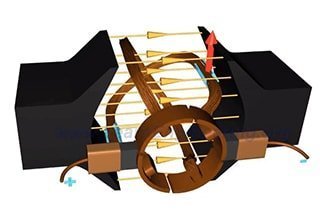
I will explain the operating principle and differences between DC and AC motors in the simplest and most comprehensible manner.
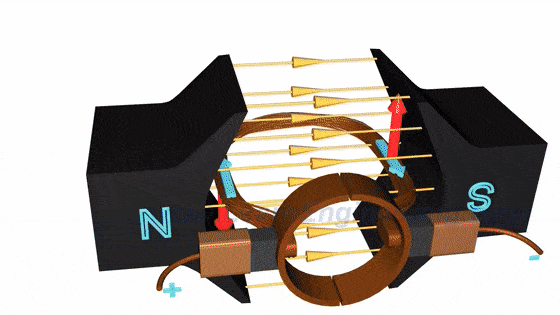
The image above depicts the simplest physical representation of a DC motor.
In a DC motor, the current from the DC power supply flows from the positive pole to the left side of the brush. The brush and the commutator rub against each other and the current flows through the left commutator, which has two left and right segments, into the coil and out from the right side of the coil. The current then flows back to the negative pole of the power supply, creating a closed loop.
The coil is located in the magnetic field of the main magnetic poles (N and S) and is subjected to an electromagnetic force. Because the two sides of the coil have different current directions (inward on the left and outward on the right), they are subjected to electromagnetic forces of opposite magnitudes. These two forces create the electromagnetic torque, which causes the coil to start rotating.
The coil is embedded in the rotor slot, causing the motor to start rotating. The reversing pieces rotate with the rotating shaft while the brush remains stationary. After one rotation, the coil on the right moves to the left and the coil on the left moves to the right. However, the commutator ensures that the current in the left-side coil flows in the same direction as the current in the right-side coil, resulting in a constant direction of the electromagnetic force received at the same position. This ensures the cyclic rotation of the motor.
However, the magnetic field of the coil changes when the coil rotates to different positions, causing the electromagnetic force on the coil to also change. This makes the coil rotation unstable and it suddenly slows down. To ensure uniform and stable coil force, multiple coils can be installed.
Then we obtain the following:
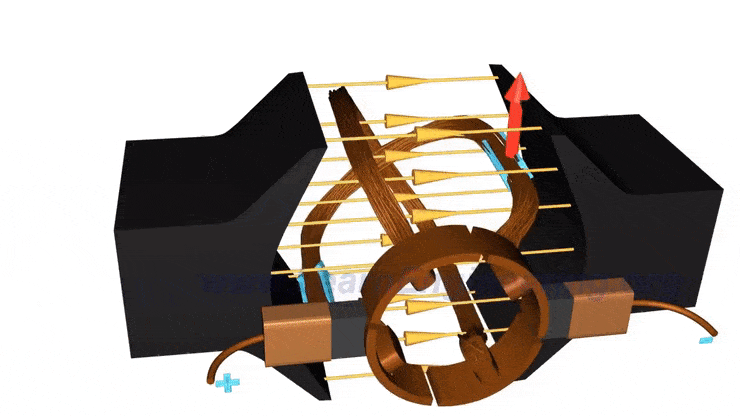
Even with such a motor model:
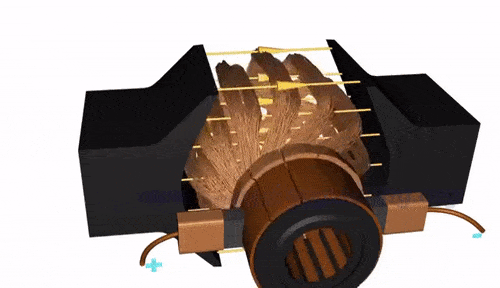
Additionally, the two outer magnetic poles in the motor are actually created by the excitation coils that generate electromagnets. In smaller motors, permanent magnets are utilized, while larger motors utilize electromagnets.
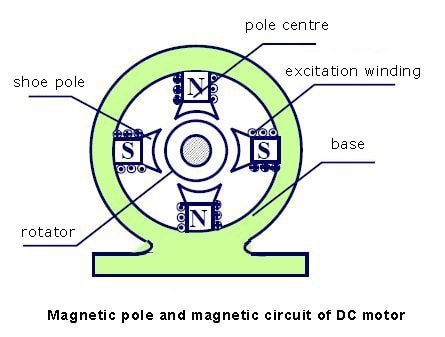
The model is simply a representation, but the actual rotor of the motor is structured in this manner.
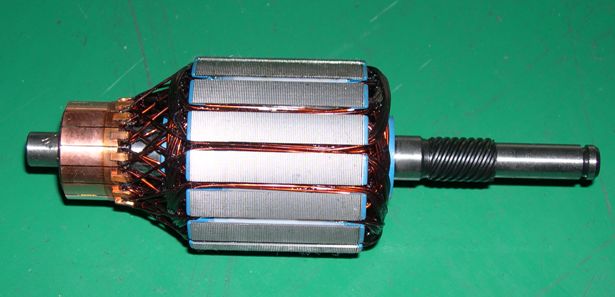
AC motors are classified into two categories: synchronous motors and asynchronous motors. Synchronous motors are primarily used as generators, while asynchronous motors are primarily used as electric motors. The focus of this discussion is on asynchronous motors.
Asynchronous motors are favored for their simple structure, low cost, ease of maintenance, and reliable operation, which has resulted in their widespread use. Despite their simple structure, the operating principle of AC motors is actually more complex than that of DC motors, making a clear understanding of the technology more challenging.
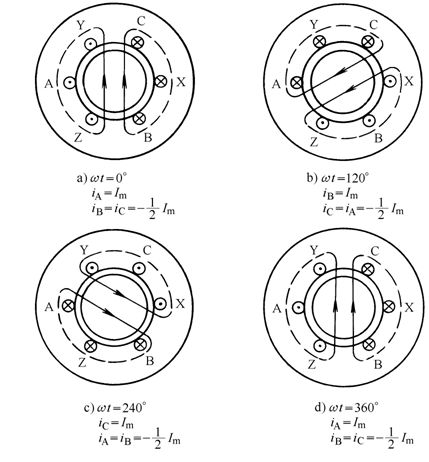
A three-phase symmetrical alternating current is applied to the stator of the AC motor, as depicted in the above figure. The stator remains stationary, and only a change in current can generate a synthetic rotating magnetic field. This magnetic field acts like a rotating magnet around the stator, making it easier to work with.
A closed coil is located within the stator, and an electromotive force and current are induced in the closed coil, resulting in the creation of an electromagnetic force. This causes the closed coil to rotate.
It can also be understood that there is a rotating magnet on the stator, and the closed coil within the rotor functions as an electromagnet due to induction charging. As the outer electromagnet rotates, it causes the inner electromagnet to rotate, thereby turning the rotor of the AC motor.
The rotational speed of the stator magnetic field is referred to as the synchronous speed. The rotor, which is driven by the stator magnetic field, rotates at a slower speed, known as the asynchronous speed. This is where the term “asynchronous motor” comes from.
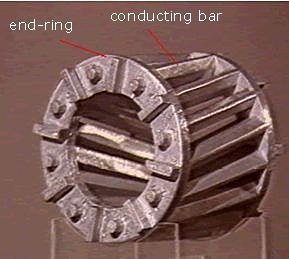
The rotor of an AC motor is a simple closed coil or conductor, often referred to as a “rat-cage” asynchronous motor due to its cage-like structure. The electromotive force and current within the rotor are induced by the stator magnetic field, which is why the asynchronous motor is also known as an induction motor.
Therefore, the three-phase asynchronous motor has various names including AC motor, asynchronous motor, and induction motor, each referring to it from a different perspective. If you have further questions, feel free to ask in the comments and I will do my best to provide detailed answers.

